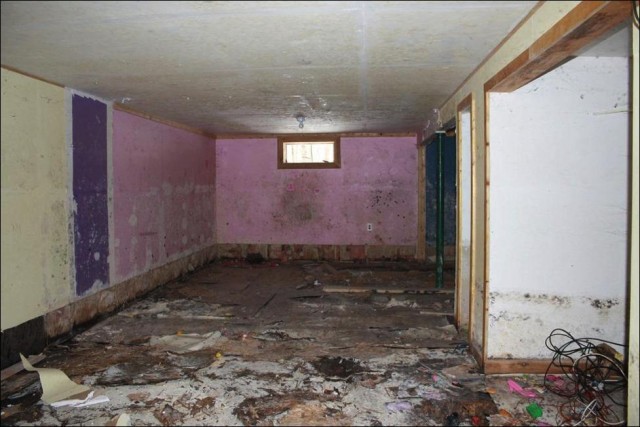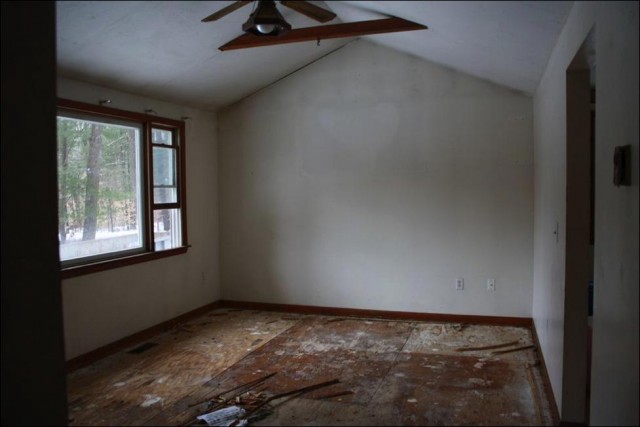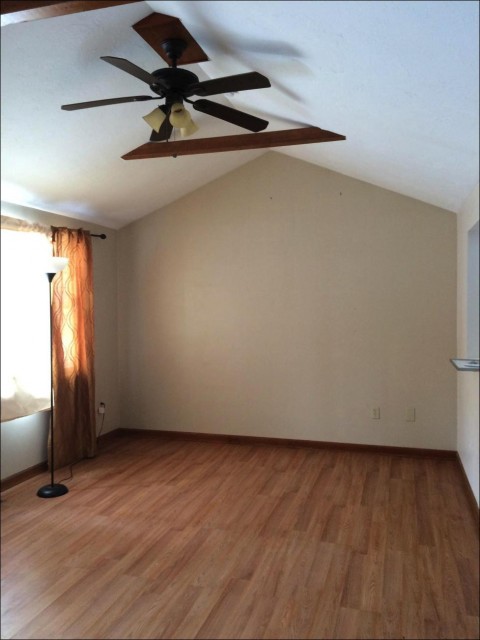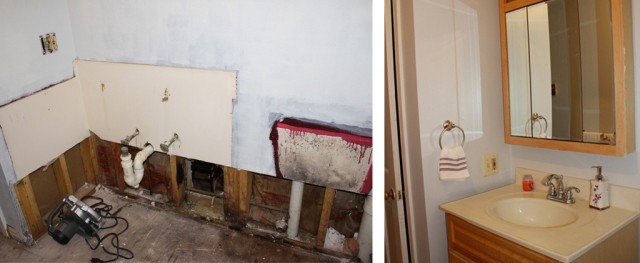Restoring a Ramshackle House at 22
by Emily Diggins

I bought a house in cash when I was 22, and then sold it for 2.5 times the amount of money four years later.
Let me explain: I started saving when I was 10. My grandparents would send me $25 or $50 for every birthday, and I shoved the cash into a little combination lock piggy bank until I was old enough to open a savings account. At the age of 13, I started working at a local stable cleaning stalls until I left for college, at which point I got a lucrative job driving a horse-drawn carriage in downtown Boston. All of this allowed me to save up the bulk of a down payment. I lived with my mother for a year after college, and, when I was 22, even though I was only making $13 an hour at my first real job, and had (and still have) tens of thousands of dollars in student loans, I bought a house in cash.
To be fair, this was 2011, when real estate prices had hit rock bottom, and the house was run-down. It was a three-bedroom, one-bath, 1,000-square-foot foreclosed house on a half-acre lot south of Boston. The house needed complete rehab — there was no working heat or appliances, and it had cat-urine soaked plywood for floors as well as scratch marks everywhere from the 10 cats that were left inside the house when the previous owners were evicted.
It was disgustingly, unspeakably dirty, and it had a creepy dancing pig wallpaper in the kitchen, but it was listed for the rock bottom asking price of $100,000 and had good bones. I offered $80,000 and the bank accepted. Since no mortgage company would lend me money for a house in this condition, my dad was kind enough to take out a home equity line of credit on his own house to lend me half the cash. I plunked down the other half plus closing costs using almost all of my savings, and paid my dad back with 4 percent interest each month.

I cleaned, tiled, sheetrocked, painted, installed carpet, insulated, hammered, and cleaned some more, both by myself and with my father’s assistance, and gave up countless weekends to projects, until eventually the house looked like a real, actual — and dare I say it, cute — house. I racked up $5,000 in credit card debt to buy all the materials I needed, which took me three years to pay off. I rented one of my spare bedrooms to a coworker for a year or two, which was a significant help in paying down my debt faster. I learned how to unclog a shower drain very quickly.

Four years and a few payroll increases later, I had nearly finished paying back my dad, and I felt it was time for me to move on. I had several realtors assess my house’s value, and I listed it on the market for $199,999. It was under agreement for more than asking price within a week. I still go back and forth on whether I listed at too low of an asking price, but regardless, I sold it for 148 percent more than I paid for it. And after a year of preemptively looking at other houses, making offers and getting hopelessly discouraged every time I was outbid, I closed on my new home six days after selling my first one. It was a weird feeling to have six figures in my bank account for a few days! Thanks to the market value increase of the first house, I was able to put a significant portion of money down on the new house, which is a three-bedroom, three-bath 1,800-square-foot Colonial with a two-car-garage that also happens to be a foreclosure in need of lots of work. I’ve had an immense amount of luck and privilege to be able to do this, but it feels good knowing how hard I worked to get here, and that if I can conquer cat pee, I can conquer anything.

Emily Diggins works in finance and lives in southeastern Massachusetts with her boyfriend, dog, and horse.
Support The Billfold
The Billfold continues to exist thanks to support from our readers. Help us continue to do our work by making a monthly pledge on Patreon or a one-time-only contribution through PayPal.
Comments